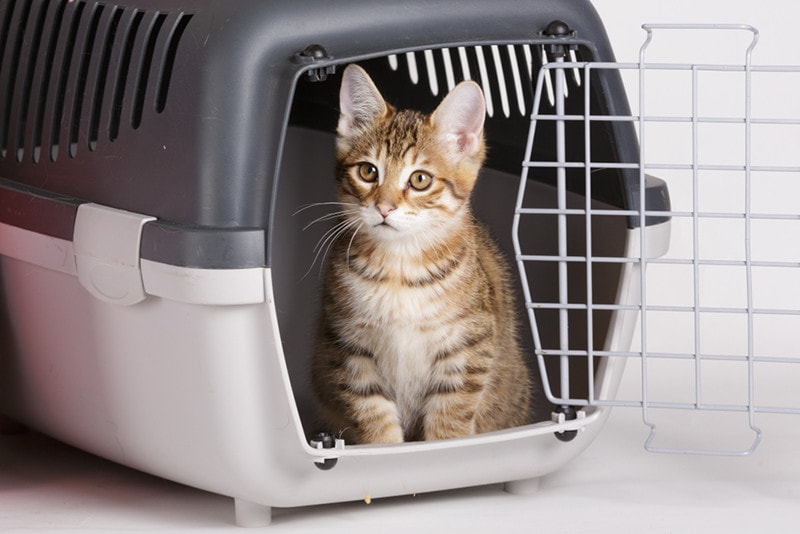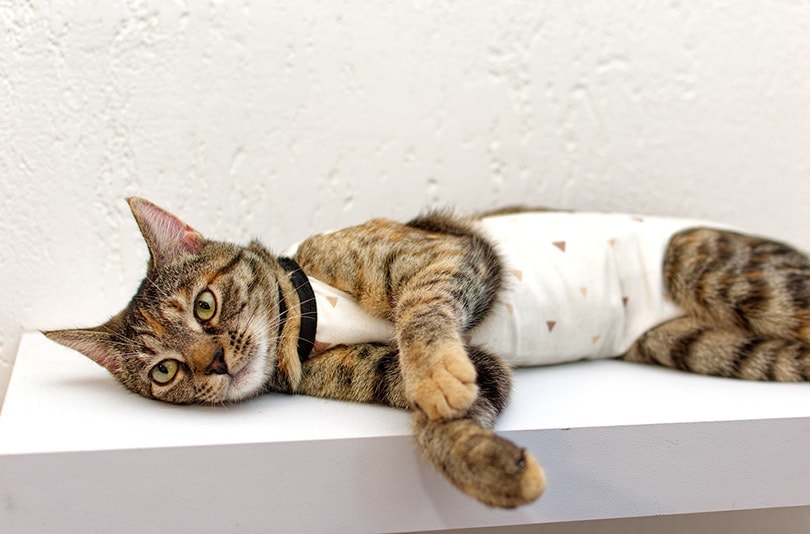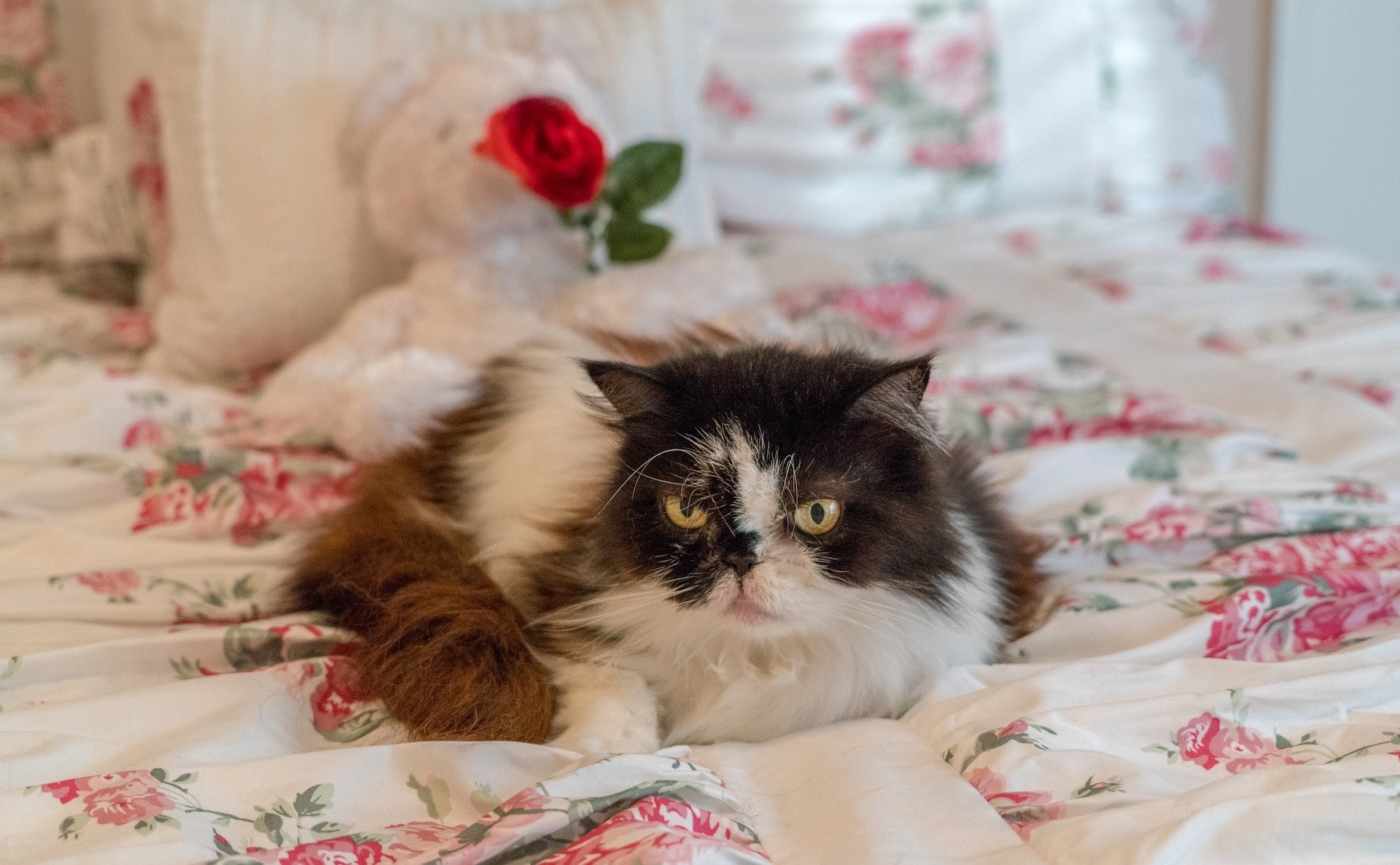Can Cats Eat Pesto? Vet-Reviewed Health & Safety Guide
Updated on
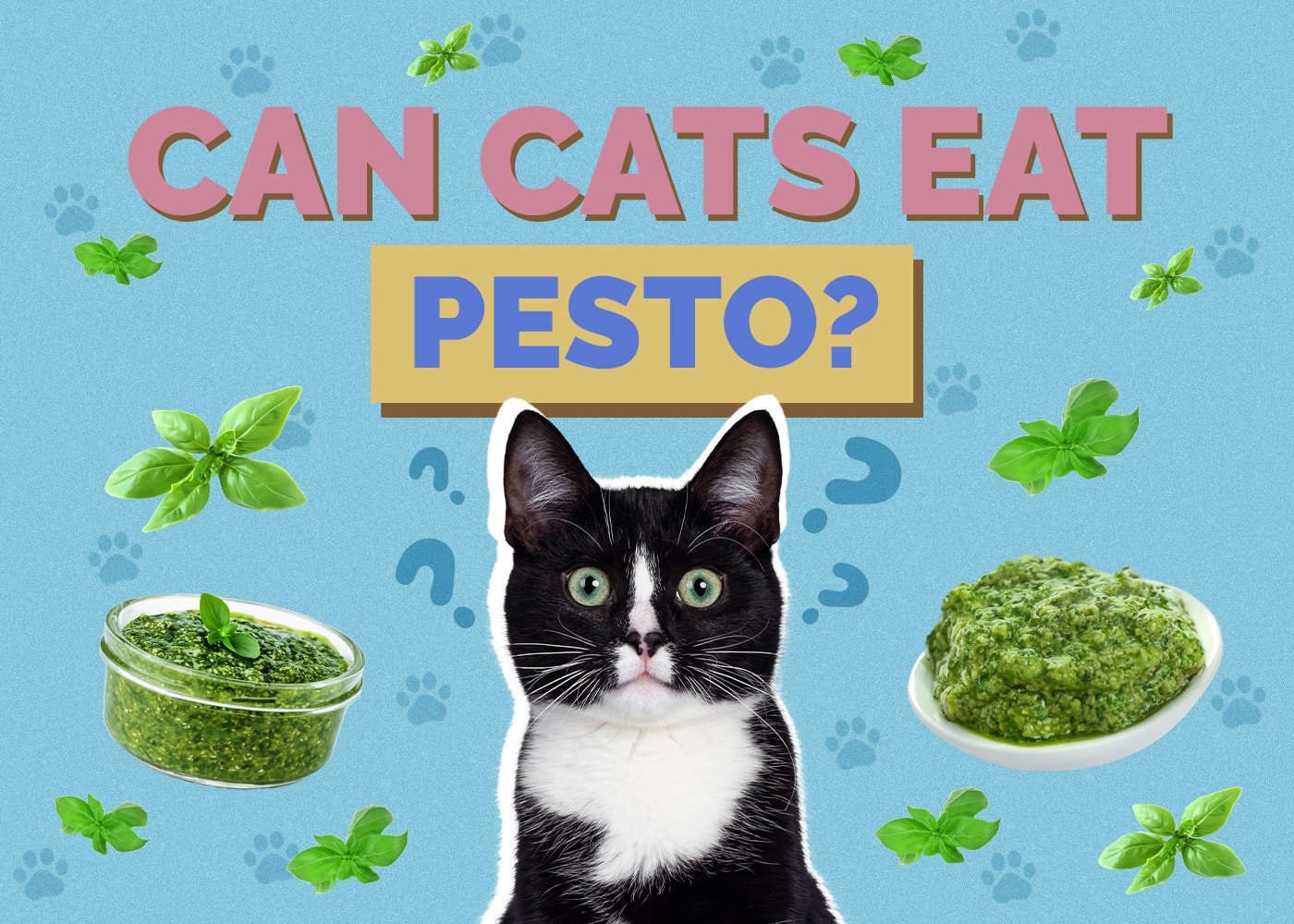
You eat pesto on your pasta, sandwiches, pizza, and too many other foods to list. After all, pesto is delicious and the possibilities for it are endless. This sauce is a staple in many households, so it may leave you wondering whether your pets can eat pesto.
As a loving cat owner, you must do your due diligence in understanding what is safe and what is not so safe for your feline family members. The answer is quite simple: cats should not eat pesto. Before you start feeling too bad for them by having this delicious green sauce placed on the “do not eat” list, let us find out more about pesto and why you should make sure your cat avoids it.
What Is Pesto?
You may just dive right into eating pesto without fully understanding what pesto is. Humans are creative, and while there are many versions of pesto and pesto substitutes out there, we are going to focus on true pesto without the bells, whistles, and substitute ingredients.
Pesto originates in Italy — Genoa to be specific. It is believed that pesto has been around since the 16th century. The term “pesto” comes from the past tense verb “pestare,” meaning “to crush.” Pesto is made from a combination of pine nuts, garlic, olive oil, basil, and parmesan cheese. In the past, they had to crush all the ingredients together to make the sauce, but nowadays, we have food processors that do the job for us.
This well-loved sauce has stood the test of time for good reason. However, the ingredients that make up pesto are the reasons why your cat should not eat it.
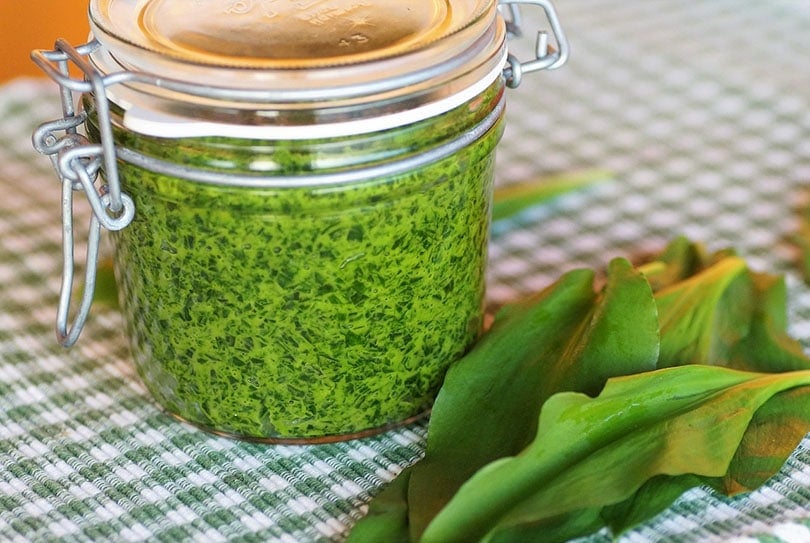
Cats and Pesto
Since pesto is made up of five different ingredients, we will do a breakdown of each ingredient to better understand why you should keep your cat out of the pesto jar.
Pine Nuts
While no current studies are showing that pine nuts are toxic to cats, your cat may have trouble digesting them. Not only are pine nuts very high in fats, but your cat’s digestive system is also not designed for anything other than meat. If your cat were to eat too many pine nuts, they could experience vomiting, diarrhea, and an upset stomach.
Garlic
Garlic Poisoning
Garlic is a member of the Allium family; members of this family contain compounds known as disulfides and thiosulphates. These compounds can cause oxidative damage to the red blood cells in pets that leads to hemolytic anemia, which is when the red blood cells are destroyed faster than they are made.
Garlic poisoning can be fatal if left untreated. While garlic and other members of the Allium family (onions, shallots, leeks, and chives) are highly toxic to dogs, cats are even more sensitive to the effects. Garlic is much more concentrated than onions, making it even more toxic. The good news is that most cats will avoid garlic and onion entirely.
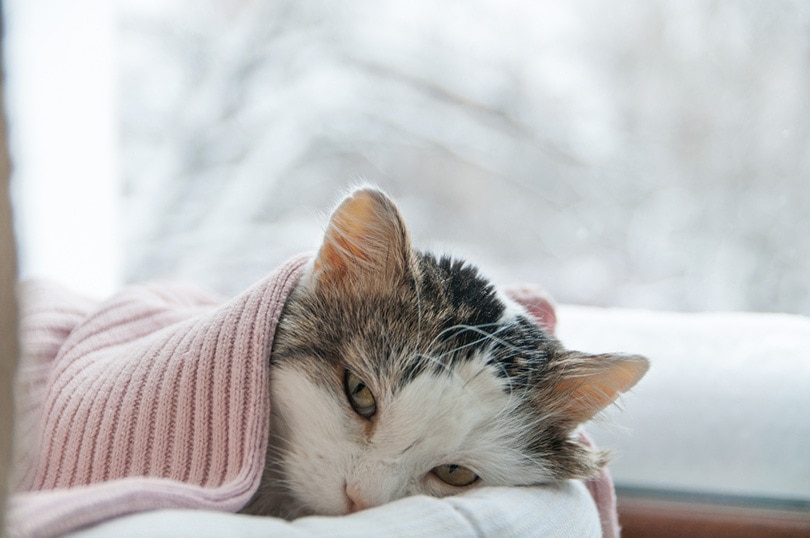
Olive Oil
Olive oil is what makes pesto into a sauce. The good news is that olive oil is not considered poisonous to cats. However, if your cat consumes too much of any fat, including olive oil, it will likely lead to gastrointestinal disturbances such as vomiting, diarrhea, and an upset stomach.
Basil
Though there are many types of basil and none of these plants are considered toxic to cats, basil offers no nutritional value and cannot be properly digested by felines thanks to their obligate carnivorous status. The worst-case scenario? If your cat were to ingest basil, they could experience some digestive upset.
Parmesan Cheese
Parmesan cheese contains high amounts of fat and lactose, none of which is ideal for your cat’s diet. Cats are also lactose intolerant, which means they can’t handle dairy products efficiently. Overall, while parmesan cheese is not toxic, it could lead to an upset tummy for your feline.
Signs of Toxicity
Now that we know that garlic is toxic to our beloved felines, we will look at the signs of garlic toxicity and what you can do if your cat were to get into any pesto.
- Weakness
- Lethargy
- Decreased appetite
- Pale gums
- Vomiting
- Diarrhea
- Increased heart rate
- Increased respiratory rate or difficulty breathing
Onset of Signs
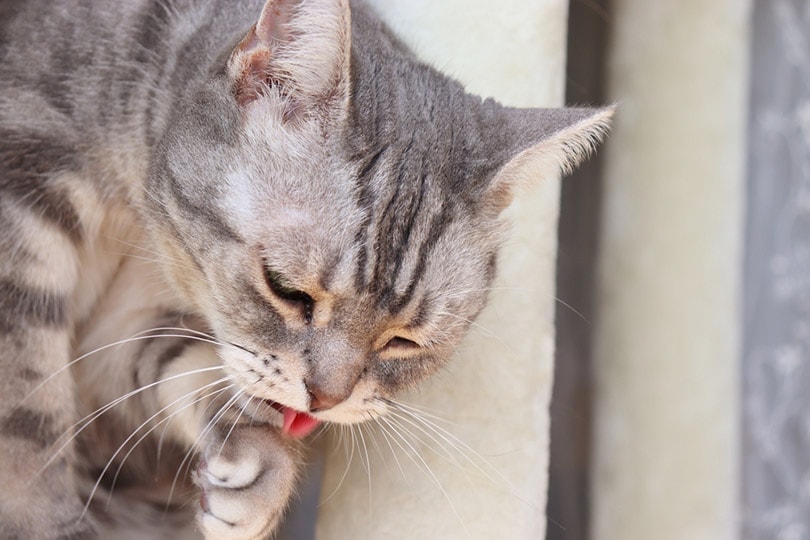
What to Do if Your Cat Eats Garlic
You must contact your veterinarian immediately if your cat has ingested garlic, as early treatment is key. Even if you are unsure if your cat has consumed garlic but you suspect they may have, it’s best to contact either the veterinarian or a pet poison helpline for more information and guidance on the next steps.
Your cat’s size, weight, breed, prior health history, and quantity of garlic consumed are all factors that can contribute to the level of toxicity they experience. Once they are presented to the veterinarian, a thorough examination and tests will be performed.
If your cat has been diagnosed with garlic toxicity, the type of treatment will vary depending on the level of toxicity they are experiencing and how long ago the garlic was consumed. Your veterinarian will know the best course of action for your cat.
Keeping Your Cat Safe
The best way to avoid toxicity is to take the necessary measures to prevent your cat from being able to ingest any potentially toxic foods.
Always ensure that foods are secure in containers and put away promptly. Keep pantry and cabinet doors closed and consider getting a secure trash can to prevent them from rummaging through the garbage for food.
Always ensure you are feeding your cat a high-quality diet that is appropriate to their size, age, and activity level. Remember that cats are obligate carnivores that get all their needed nutrition from meat.
Choose cat food that avoids any artificial ingredients, harmful chemicals, and unnecessary fillers. Never allow your cat to eat human food unless the item has been approved by your vet or a feline nutritionist.
Now that you know what you can safely feed your cat, it’s just as important to find a bowl that supports their health and well-being. With whisker-friendly bowls and a wide tray to catch any spills, our Hepper NomNom Cat Bowl is our favorite option.
Conclusion
Not only are none of the ingredients in pesto part of your cat’s natural diet, but the garlic in the pesto is also highly toxic to both cats and dogs. While pesto may not contain what seems like a lot of garlic, garlic is highly concentrated, and cats are especially sensitive to garlic toxicity.
You should never offer your cat pesto, and if they were to get into any of your foods that contain pesto, you need to contact your veterinarian for further guidance. The silver lining here is that you can continue to enjoy this beloved Italian sauce and not feel obligated to share it.
Related Reads:
Featured Image Credit: Couleur, Pixabay




